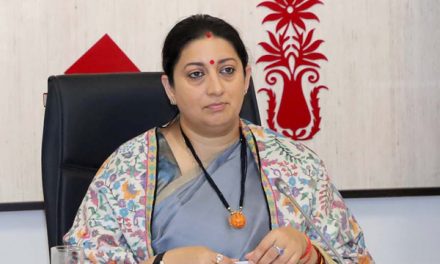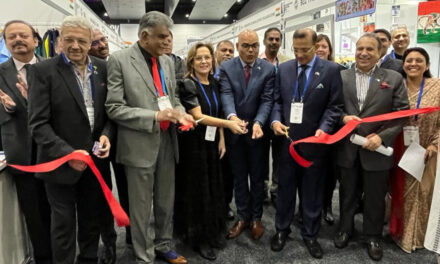
Nearly a year after the implementation of Goods and Services Tax (GST), exports of textiles as well as garments have been found to have declined significantly. Manufacturers of textiles and apparels in the State have indicated that exports have gone down by an estimated 30 per cent in Gujarat, after the cut in export incentives that came with the implementation of GST.
“The export incentive has been reduced to 1.6 per cent in cotton while the same for polyester is 1.8 per cent. These have reduced roughly by 4 per cent. This makes our products more expensive in the international market and reduces our competitiveness,” said Nitin Thaker, a Textile Exporter of Ahmedabad. The situation with apparel exports is no different, “Exporters used to get duty drawback of 7.5 per cent before GST implementation. This has been slashed to 2.5 per cent, due to which there is a significant impact on exports. As incentives have been cut, the prices of our products have increased,” said Arpan Shah, Vice-President, Gujarat Garment Manufacturers Association (GGMA). For apparel manufacturers, it was a double whammy, as some of the key global markets imposed value-added tax (VAT) on apparel exports from India.
“Sri Lanka and Middle Eastern countries are some of the key markets for garment manufacturers from Gujarat. Recently, UAE imposed VAT on apparels imported into their country, which further led to an increase in prices. With duty drawback slashed, exporters were already struggling to generate export volumes at competitive prices, and they now face a stiffer competition in these regions due to changes in tax rates,” said Vijay Purohit, President, GGMA.
According to data provided by Apparel Exports Promotion Council (AEPC), Gujarat accounts for 12 per cent of the apparels exported from India. Manufacturers also indicated that they are facing stiff competition from their counterparts in Bangladesh and Vietnam. “With a cut in duty drawback, there is stiff competition from international counterparts such as Bangladesh and Vietnam, both of which gets tax incentives in addition to export incentives. Besides, these countries are preferential importers for several global markets. With major slashing in export incentives here, it is tough to survive the competition,” said Bhavin Parikh, a Textile Exporter from the city.



















